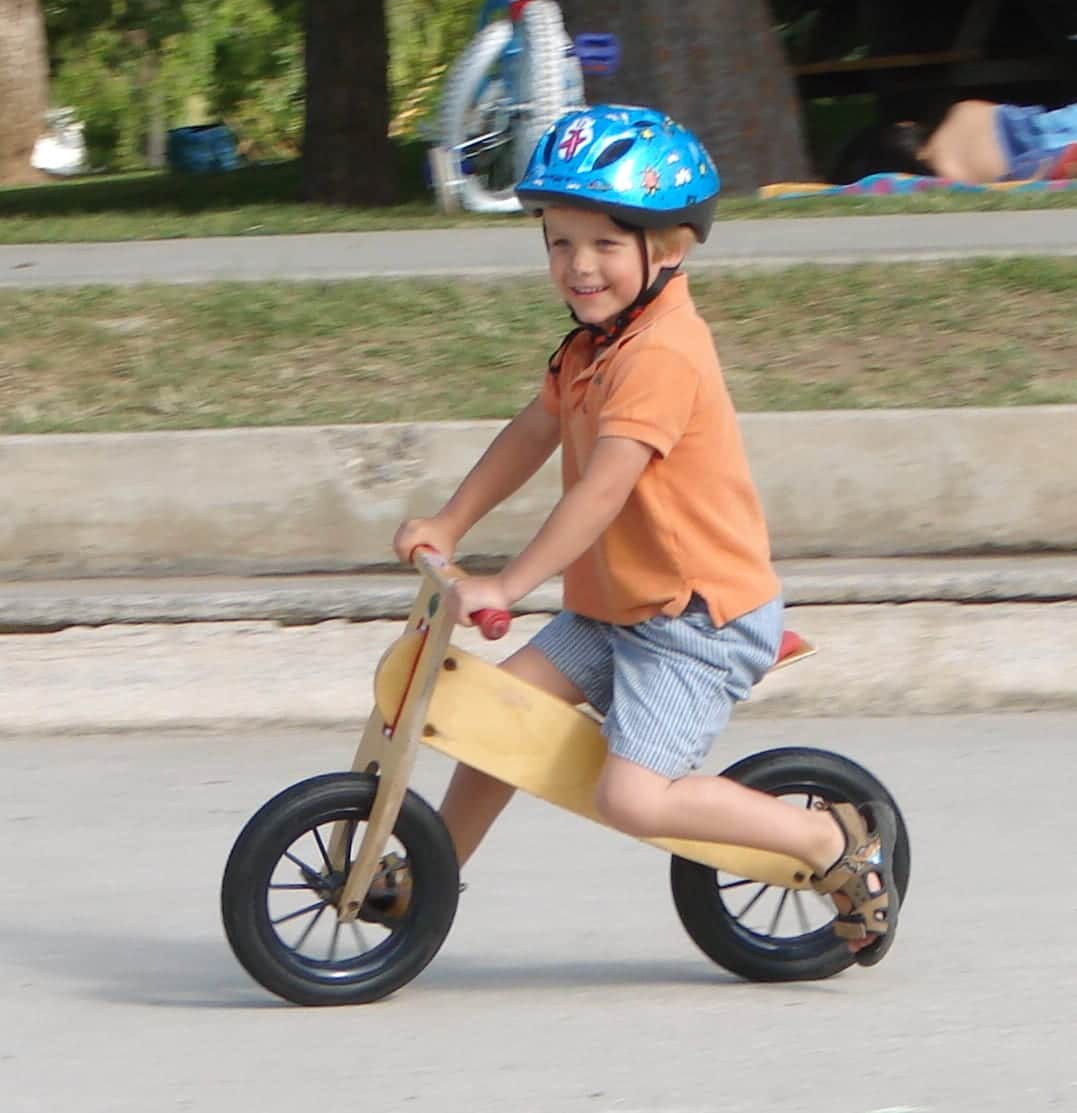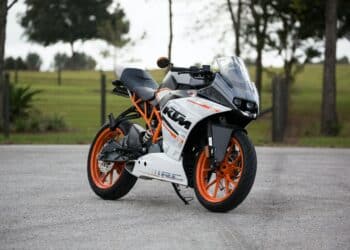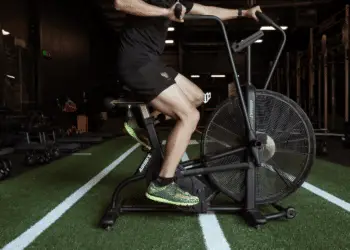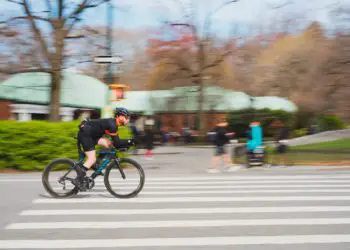It is important to cultivate a culture of sports in children from a young age. It helps with social skills (like developing sportsmanship) and instills the importance of developing and maintaining physical fitness habits. Teaching your kids to bike is one way of achieving this. Getting them a balance bike is the best way to get started.
What is a balance bike?
A balance bike is a small bike made specifically for toddlers learning how to ride a bike and was designed to be a safe alternative to practice bikes with training wheels and even tricycles. Common features include wide wheels and a lack of pedals and drivetrain, so it looks fairly simple. It goes by other monikers, like glider bike, run/runner bike, and strider bike.
With this minimalist design, the balance bike is meant to help kids develop their sense of balance. To accommodate the size of your toddlers as they grow, it comes with adjustable seats and handlebars. Some balance bikes have footrests to aid kids during gliding.
One thing at a time
Kids learn more efficiently when they focus on mastering one skill at a time. The disadvantage of practicing with tricycles and training wheels is that kids are forced to divide their attention among three tasks: balancing, peddling, and operating the brakes. Toddlers expect activities like riding a bike to be fun and not a taxing mental task. What’s worse is that toddlers aren’t very coordinated, so they are more prone to accidents if they do not focus.
With a balance bike, kids can direct their energy to one simple activity, balancing, while avoiding the unnecessary scrapes and bruises. After all, one of the most important skills to master for bike-riding is balance and it is often the most difficult hurdle to overcome.
Your kid will begin by learning to cruise, then glide, with full control of their speed on the bike. After fully grasping these techniques, they will have enough confidence to ride an actual bike (with pedals), and the rest of the lessons will be a breeze.
Choosing the right bike
It may be intimidating to choose among a large number of balance bike brands available in the market, but our top three are (1) Strider Sport, (2) Cruzee, and (3) Islabikes Rothan.
Here’s a list of the best balance bikes that you can buy today!
Before embarking on your lesson, check if the bike fits your toddler. Adjust the seat height to one to two inches less than the inseam.
Play it like a computer game – learning has levels!
The most effective formula to follow when learning to the bike has four stages:
1.Stand and walk
This is usually taught to toddlers aged one-and-a-half to three years old. Let your kid stand over the bike frame, then encourage him/her to walk the bike. Walking a few feet is okay on the first attempt but try to increase the distance as you go. Keep in mind that, since this is the first stage, it will also be the longest.
Some kids will be apprehensive so be patient in convincing them to continue. Follow their lead, listen to their whims, and be aware of what makes them uncomfortable.
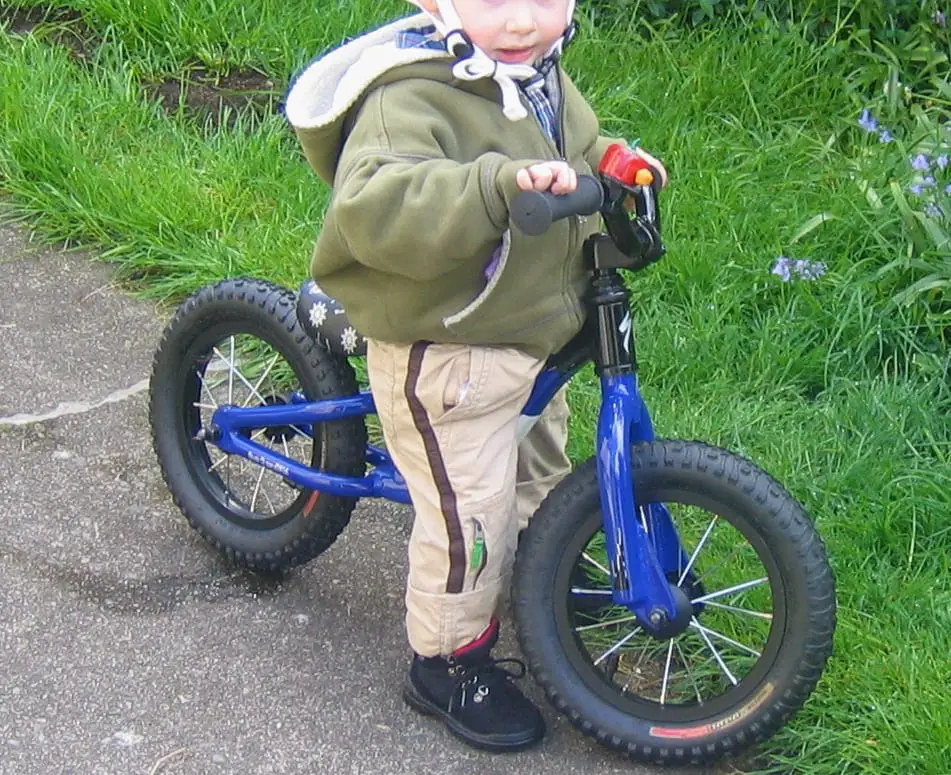
2. Sit and walk
Toddlers aged between two to three years old can move on to the sit and walk the stage. As in the previous stage, your kid might take time to feel at ease on the bike seat. Eventually, however, they do It is during this stage that they begin to understand how fun riding a bike can be.
If your kid is younger, there is a chance that he/she will take longer to master it. But that shouldn’t be a cause for concern – just keep going and remain patient.
When your kids learn to sit and walk without any problem, they can start practicing sitting and running (sit and run). As they improve, riding with other balance bike riders can be a big help, as they grow to be more attuned to their own skill and progress. They can even race (safely, of course) with other riders!
Still, one of the golden rules of parenting is to tailor your teaching method according to your kid’s personality. If he/she is shy and timid, it may be better to avoid leaving him/her in a competitive environment.
3. Sit, run, balance
When your toddler reaches two to five years of age, practicing will become a real adventure! Kids love to go fast, so expect a lot of running. During this stage, your kid will finally start to learn to balance – it may or may not come to him/her naturally, but either way, make sure to be around to give guidance and encouragement.
Kids with a penchant for adventure will get the hang of balancing quickly and may pass this stage within a day.
4. Sit, run, glide
Three- to six-year-olds can now glide, which is the most exciting stage. As soon as they learn to balance, gliding comes naturally to them and they can go anywhere! It is easiest to learn gliding in an area with a gentle slope or on a grassy hill. You can take them to easy trails or skateparks.
Remember, your kids’ pace must also be your pace. Don’t rush them to move on to riding a real bike; instead, let them decide on their own when they are ready. Until then, just be supportive and give lots of positive reinforcement.
Happy biking!


